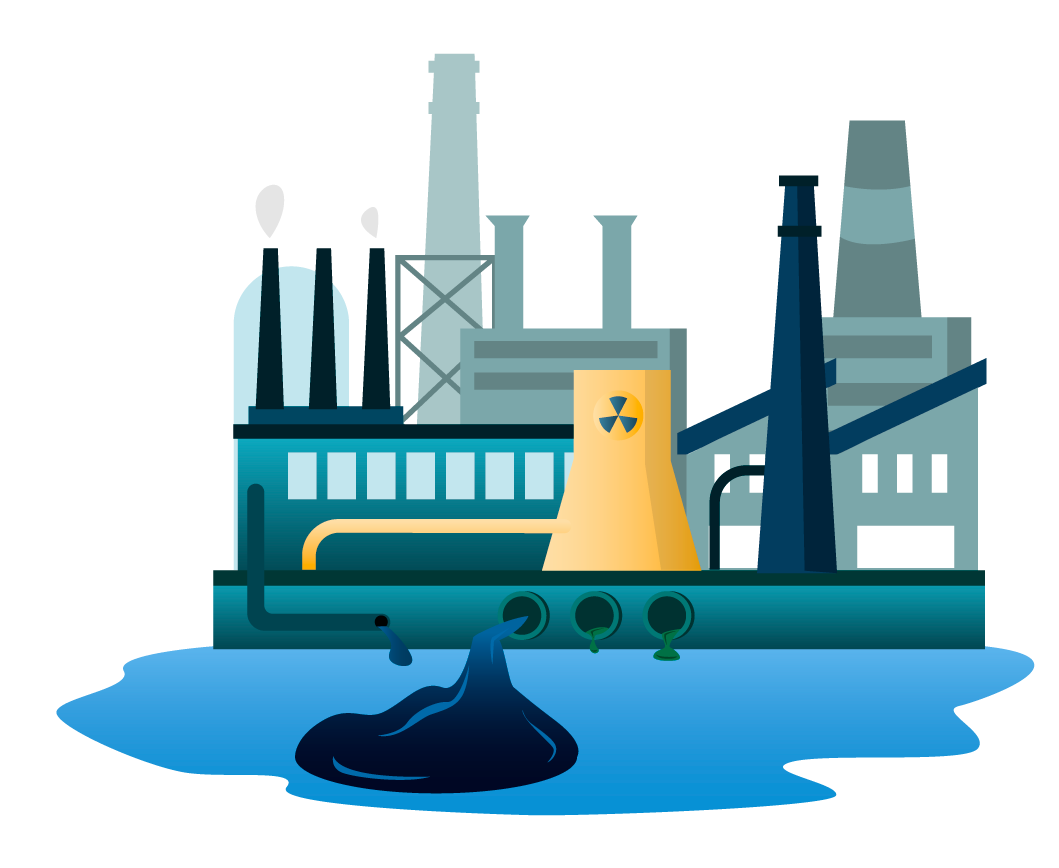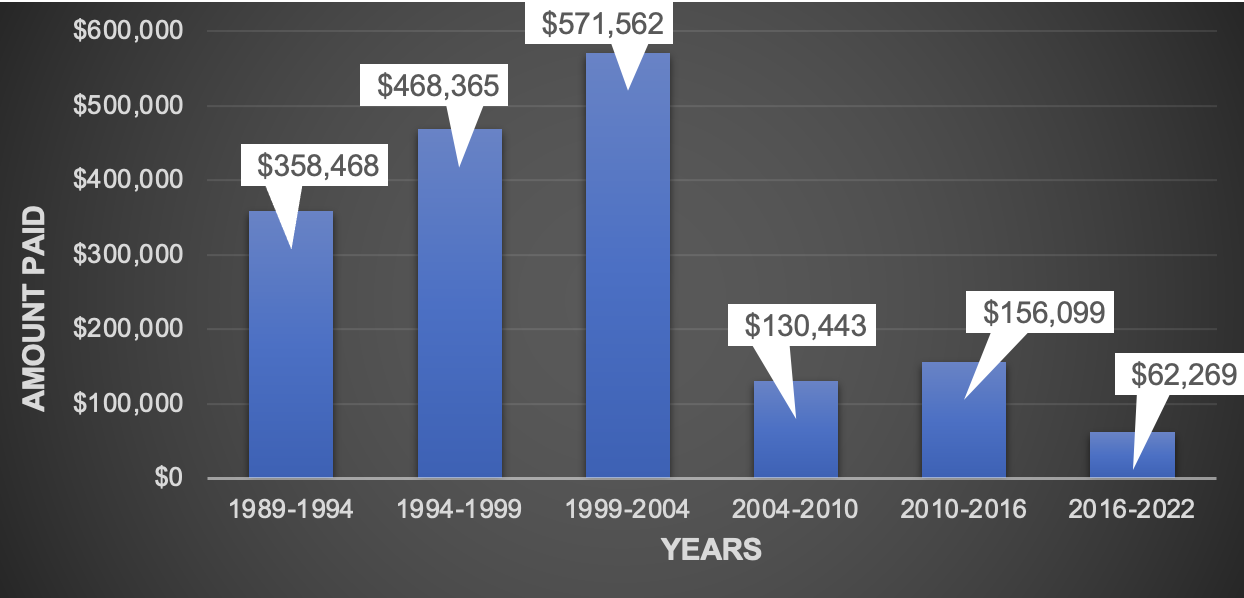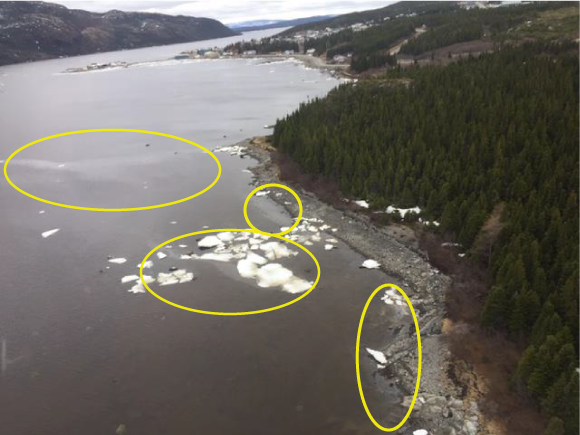WHAT IS A MYSTERY SPILL?
Breaking Down Misconceptions
![]() Mystery spills are when we cannot pinpoint which ship caused an oil spill.
Mystery spills are when we cannot pinpoint which ship caused an oil spill.
However, we cannot pay compensation if the evidence shows that a spill came either from:
![]() a land-based source; or
a land-based source; or
![]() a structure in the water that is not a ship or boat (e.g., not from a former barge that has been permanently fixed to the shore and used as a dock).
a structure in the water that is not a ship or boat (e.g., not from a former barge that has been permanently fixed to the shore and used as a dock).
If you have evidence that a spill came from a ship or boat, you should always submit that evidence with your claim.
Here are a few misconceptions:
Myth 
Reality 
Mystery spills are when we do not know who owns a polluting vessel.

Mystery spills are when we cannot pinpoint which ship caused an oil spill.
If we know which ship caused the spill, but do not know the owner, we will not consider it a mystery spill.
Myth 
Reality 
Mystery spills are when a ship owner is unwilling or unable to deal with the pollution caused by their ship.

When we know who the owner of a polluting ship is, it is not a mystery spill.à
Once a claimant receives compensation, we take all reasonable measures to recover the cost from the shipowner or other responsible persons.
We use many strategies to recover the amount owed. We are always ready to discuss settlement rather than go to court. However, we must sometimes sue a shipowner, notably when they do not respond to our communications. Sometimes, lawsuits are used simply to preserve our legal rights, which allows settlement discussions to continue.
Myth 
Reality 
Compensation can be paid by the Fund for land-based oil spills.

Compensation is only available for incidents caused by ships or boats.
If we suspect the source of a spill may not be a ship or boat, other potential sources will be investigated, such as:
- industrial leaks
- land-based fuel tank leaks
- offshore oil and gas production leaks
Examples of mystery spills
Here are scenario examples of mystery spills.
Scenario 1:
- 50 ships and boats have been in and out of a busy marina. The marina operator spots an oil sheen. However, despite further investigations, it remains uncertain which ships caused the spill. All other potential sources of the spill have been ruled out.
Scenario 2:
- Satellite imagery detects an oil spill in a remote area far away from shore. No ships or boats were known to have been in the area. All other potential sources of the spill have been ruled out.
How often do we receive claims for mystery spills?
Since 1989, around 20% of claims received involved a mystery spill. In total, we have paid $1.7M in compensation due to these spills. Around 80% of that amount was paid out before 2004. Since then, we have received a lower number of claims associated with mystery spills (see Figure below).
Figure: Amount Paid for mystery spills since 1989

Why is it important that we cover mystery spills?
Canada’s ship-source oil pollution compensation regime is based on two principles:
- Compensation should be available to those affected by an incident.
- Shipowners are responsible for oil pollution incidents, regardless of fault. This is the polluter pays principle.
The Fund is available to compensate those affected by a mystery spill. But what happens when we cannot identify those responsible?
Where the identity of the polluting ship is not clear, we investigate. It is not on the shoulders of the claimant to identify the ship that caused their damage. However, when submitting a claim, claimants should always provide as much information as possible. This includes identifying all potential causes of the spill.
Our Most Recent Mystery Spill Claim
The last mystery spill claim was submitted on December 1, 2021. On June 8, 2020, the Canadian Coast Guard (CCG) was informed of an oil sheen on the water near Postville, Newfoundland and Labrador. The CCG deployed a response team to investigate the extent and cause of the spill, and to collect samples. During its work, the team carried out both shore and air-based observations.

Photo credit: Canadian Coast Guard
The CCG claimed $32,651 for the response costs and expenses. The Administrator investigated and determined on the evidence that non-ship sources could be ruled out.
We ended up paying a total of $28,485 (plus interest) to the claimant.
